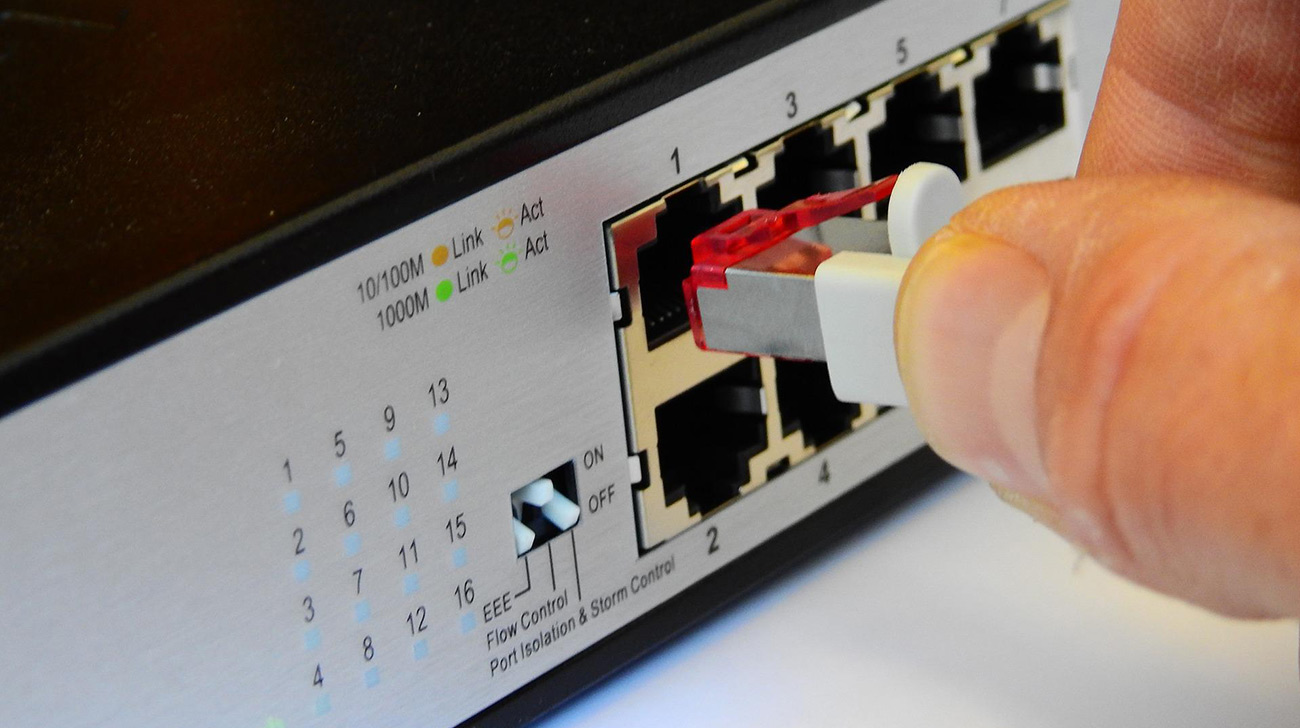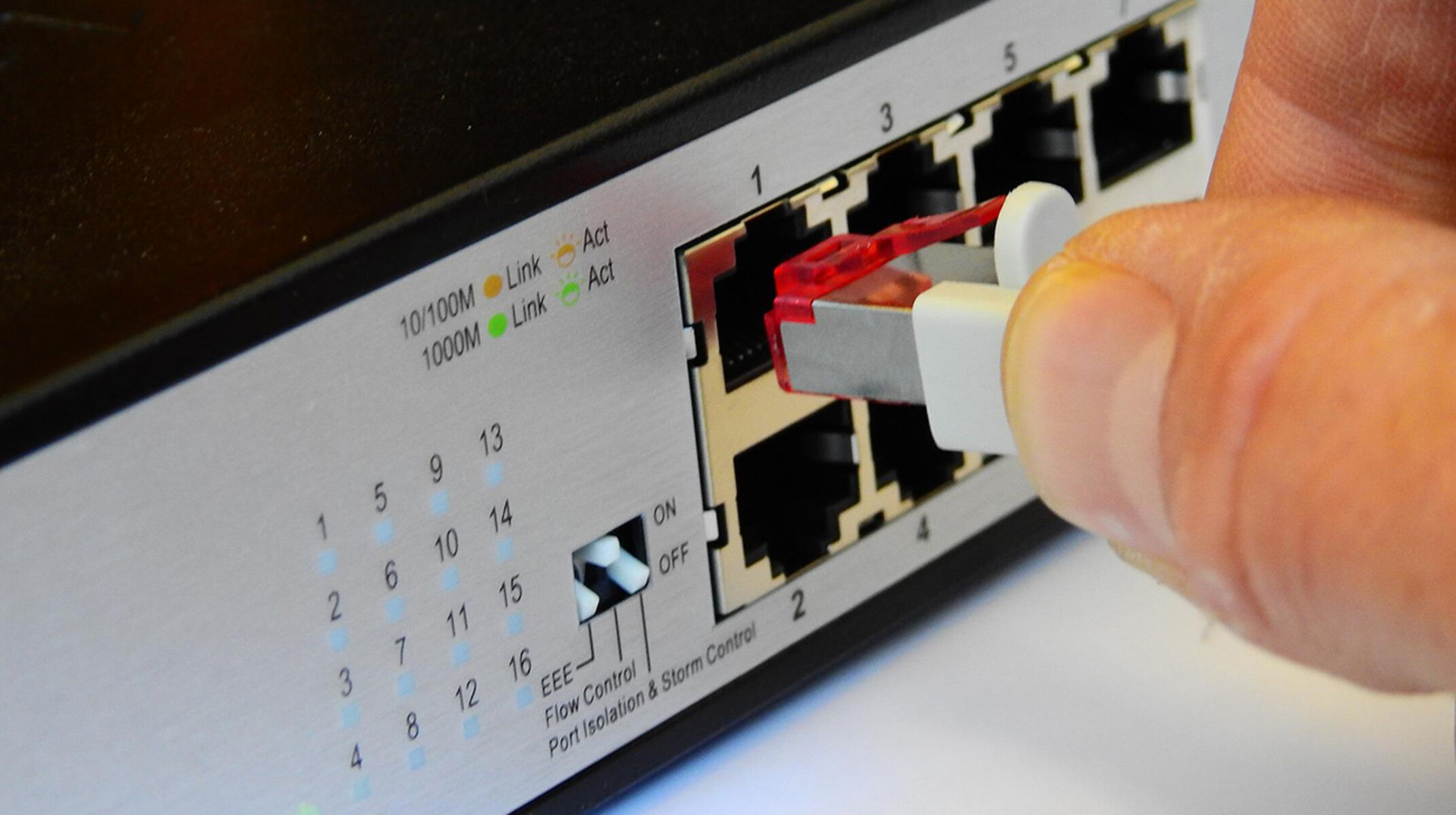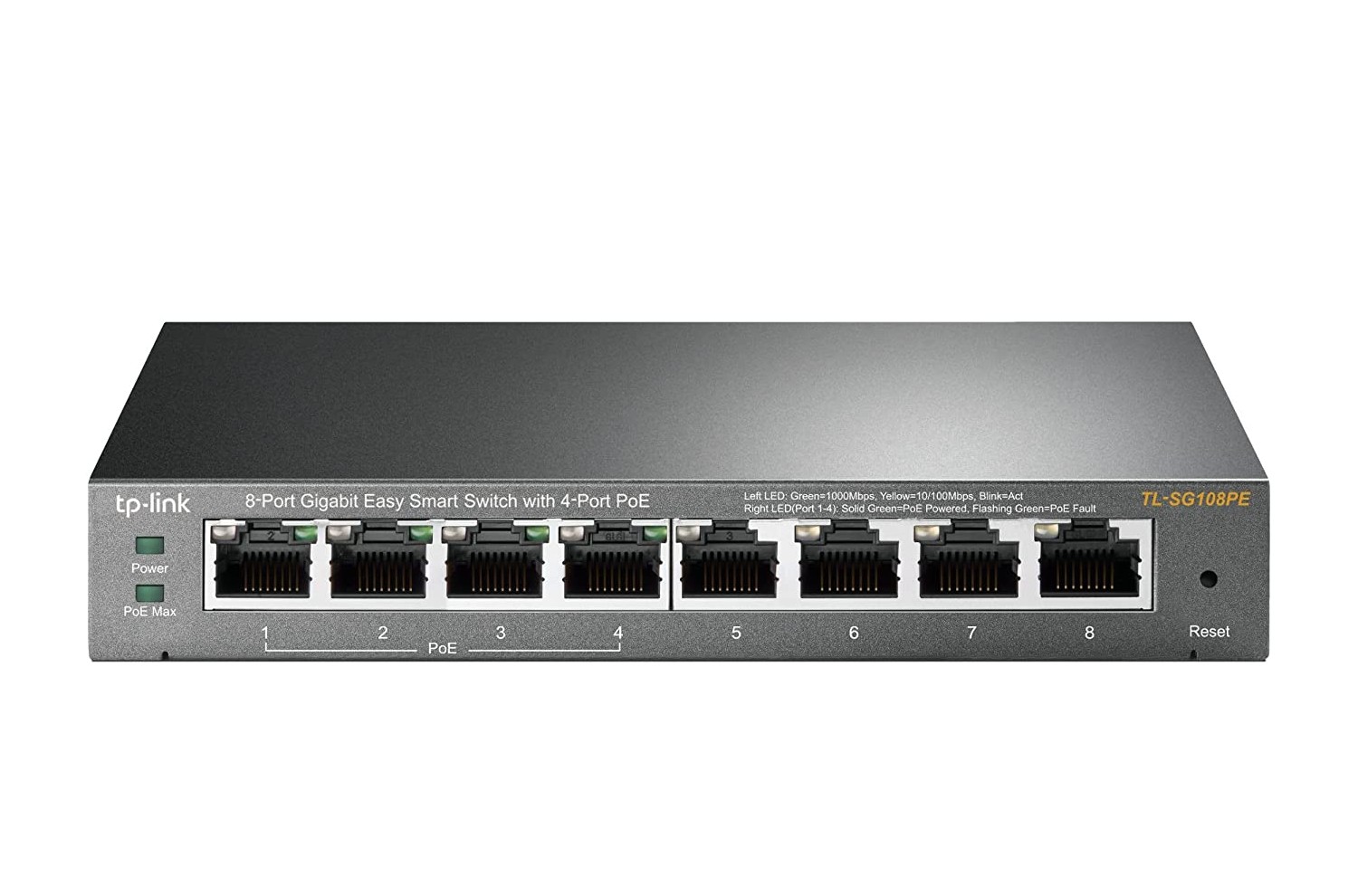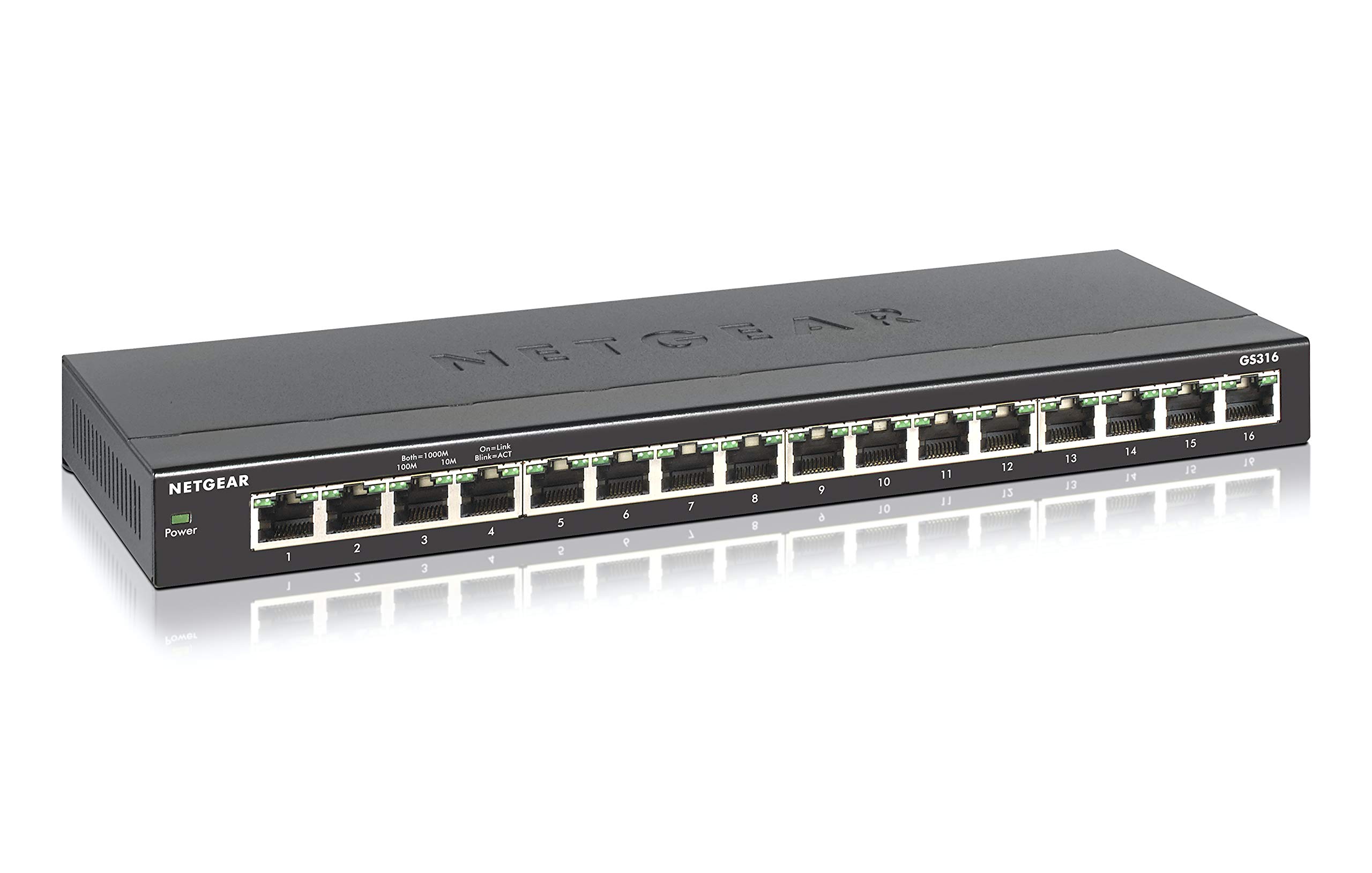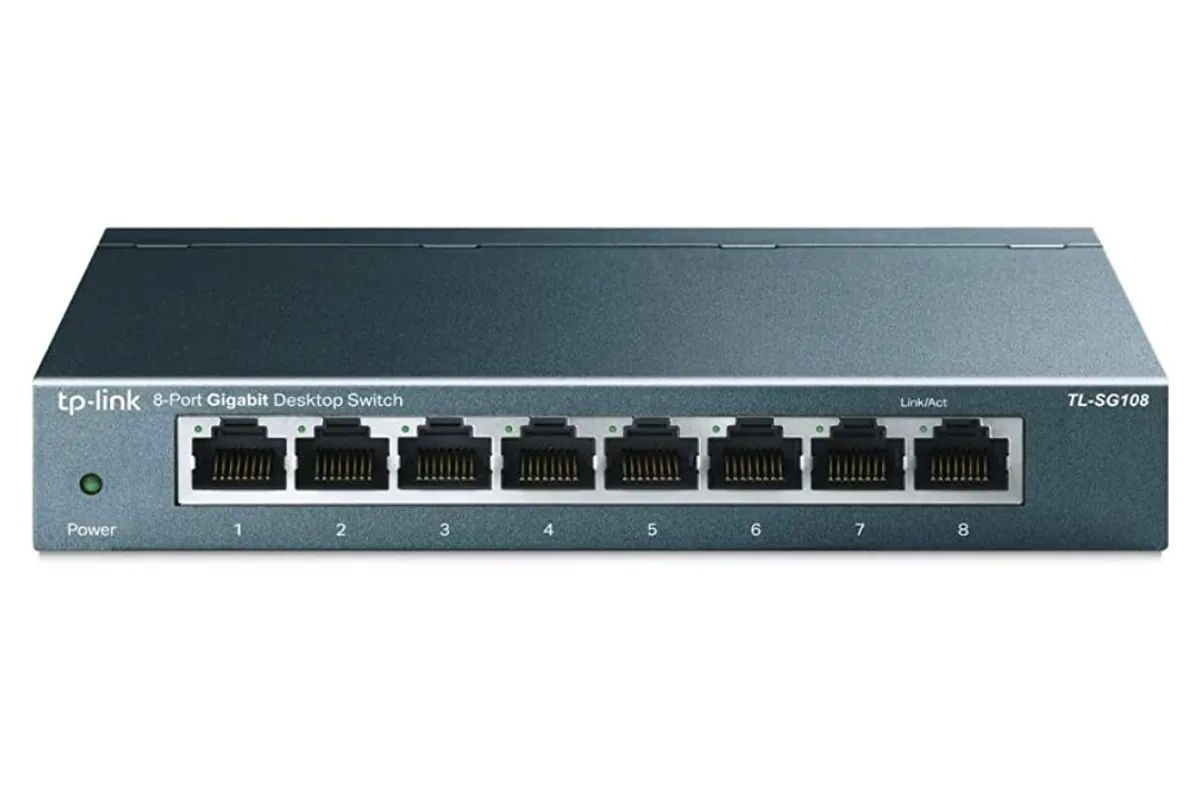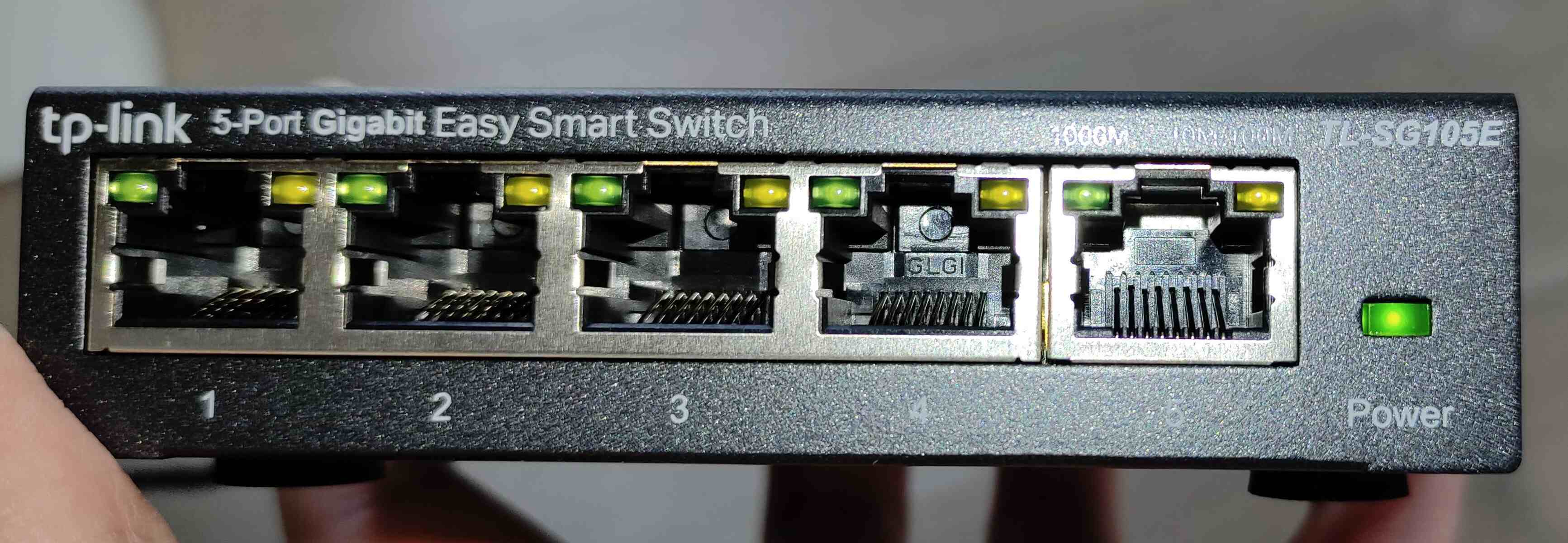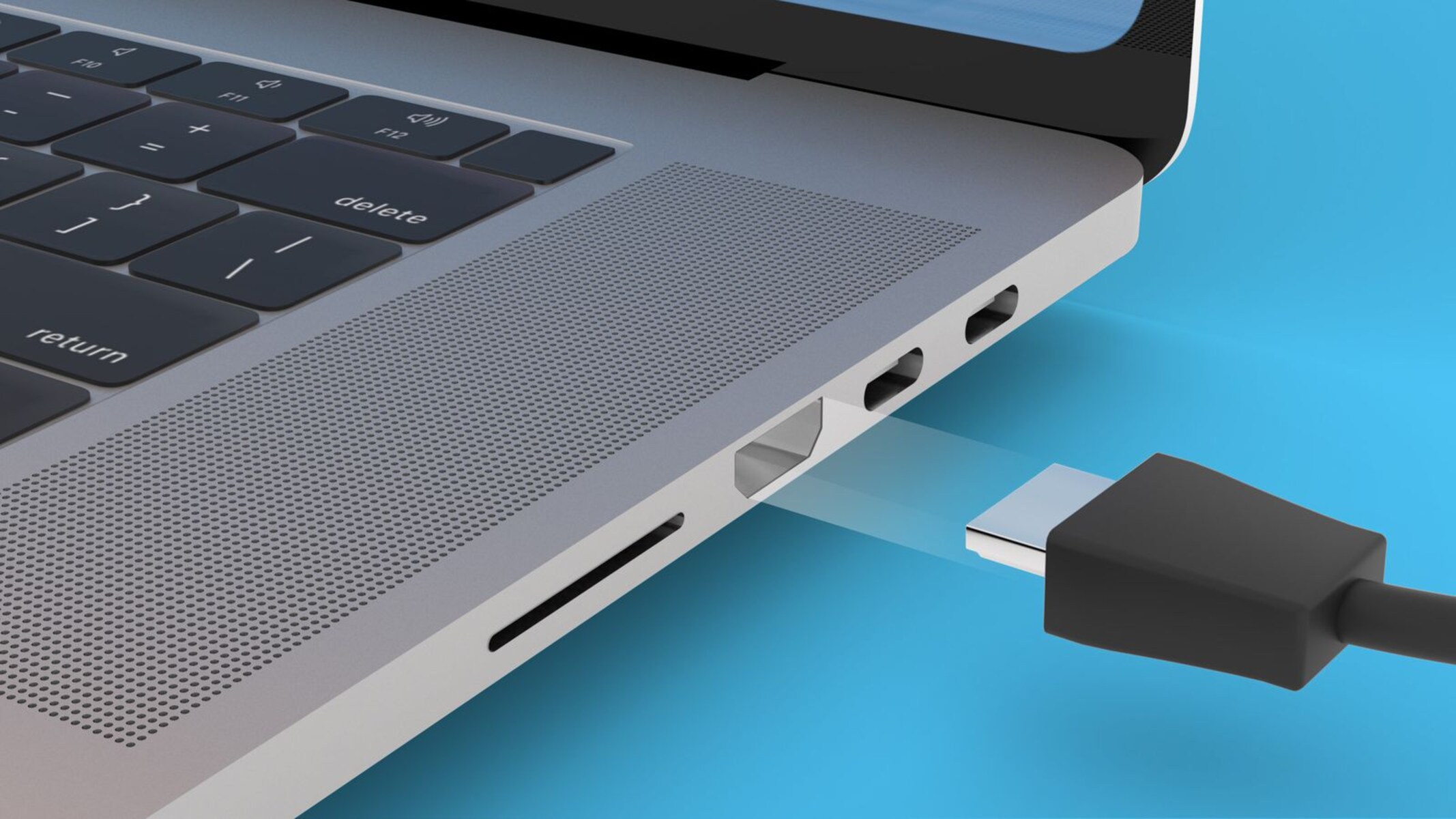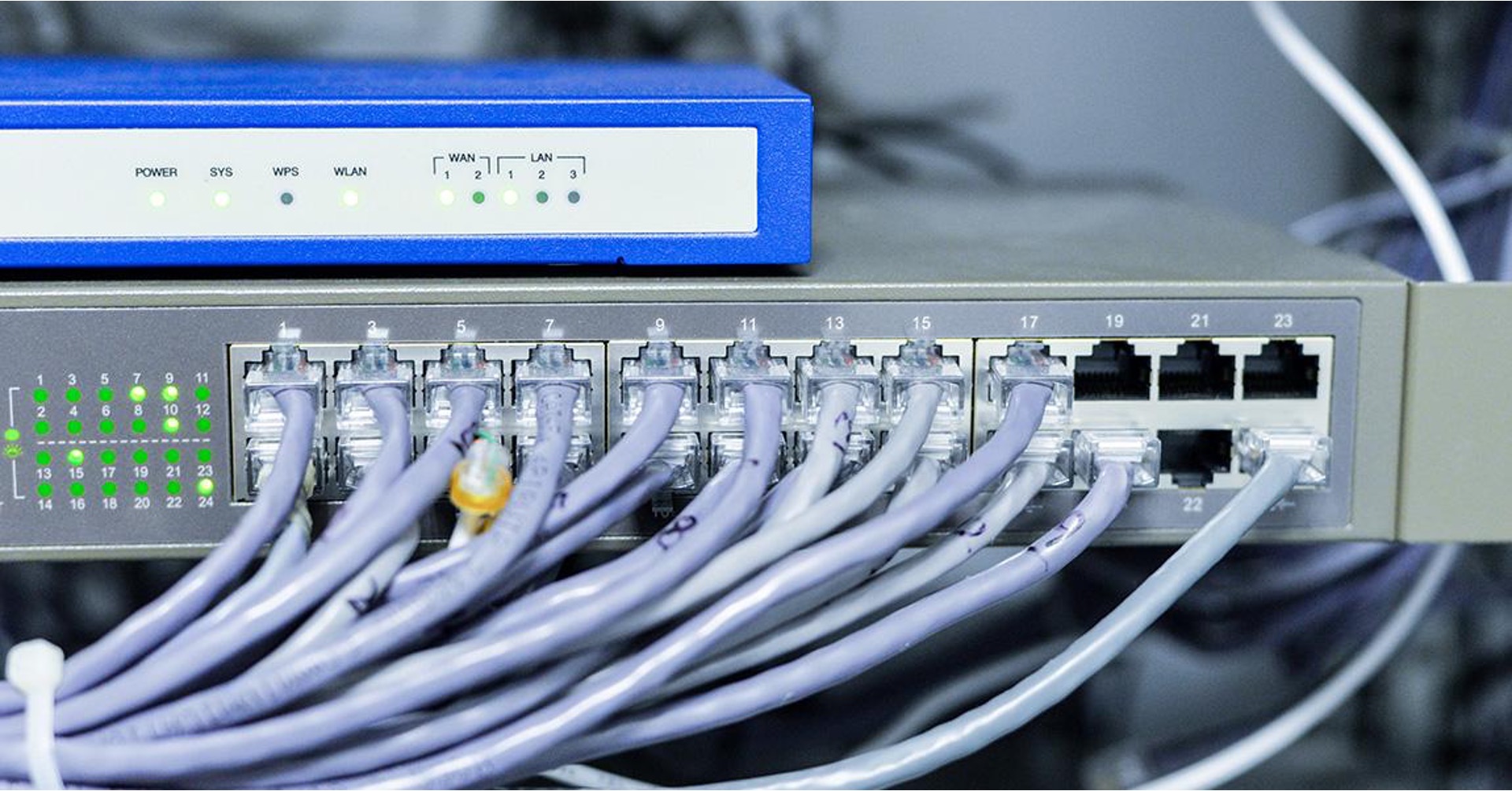Introduction
When setting up a network or troubleshooting connectivity issues, understanding the basics of network switches and their ports is essential. Network switches play a pivotal role in directing network traffic, ensuring that data packets are efficiently and accurately transmitted between devices. A fundamental aspect of this process involves connecting devices to the appropriate ports on a network switch.
In this article, we will delve into the intricacies of network switches and the various types of ports they feature. By comprehending the functions and distinctions of these ports, you can seamlessly connect your devices and optimize network performance. Whether you are a networking enthusiast, an IT professional, or an individual seeking to enhance your understanding of network infrastructure, this guide will equip you with the knowledge needed to navigate the complexities of network switches and their ports.
Understanding the nuances of network switches and their ports can empower you to troubleshoot connectivity issues, expand your network, and maximize the efficiency of data transfer. Let's embark on this enlightening journey to demystify the world of network switches and unravel the mysteries of their ports.
Understanding Network Switches
Network switches are indispensable components of modern networking infrastructures, facilitating the seamless transmission of data between devices within a local area network (LAN). Unlike traditional hubs, which broadcast data packets to all connected devices, switches intelligently route data to the specific devices for which the data is intended. This targeted approach minimizes network congestion and enhances overall efficiency.
At their core, network switches operate by using MAC addresses to identify connected devices and determine the appropriate pathways for data transmission. Each port on a network switch represents a unique pathway through which data can flow, allowing for simultaneous and independent communication between connected devices. This crucial functionality enables efficient and secure data transfer, making network switches essential for businesses, educational institutions, and home networks alike.
Furthermore, network switches come in various configurations, including unmanaged, managed, and layer 3 switches, each offering distinct features and capabilities. Unmanaged switches are plug-and-play devices that operate without the need for configuration, making them ideal for small-scale deployments. In contrast, managed switches provide advanced features such as VLAN support, Quality of Service (QoS) controls, and port mirroring, granting administrators greater control over network traffic and security.
Layer 3 switches, also known as multilayer switches, incorporate routing functionality, allowing them to make forwarding decisions based on IP addresses in addition to MAC addresses. This enhanced capability enables them to efficiently handle inter-VLAN routing and optimize network performance in complex environments.
By grasping the fundamental principles and capabilities of network switches, you can harness their power to create robust and efficient network infrastructures. Whether you are configuring a small office network or overseeing a large-scale enterprise deployment, a solid understanding of network switches is essential for optimizing network performance and ensuring seamless connectivity.
Types of Ports on a Network Switch
Network switches feature various types of ports, each serving specific purposes and accommodating different network devices. Understanding the distinctions between these ports is crucial for effectively connecting devices and optimizing network performance.
1. Fast Ethernet Ports (10/100 Mbps): These ports support data transfer speeds of 10 or 100 megabits per second (Mbps). While they are slower than Gigabit Ethernet ports, they are suitable for connecting devices that do not require high-speed data transfer, such as printers, IP phones, and legacy hardware.
2. Gigabit Ethernet Ports (10/100/1000 Mbps): Gigabit Ethernet ports offer significantly faster data transfer speeds, supporting rates of 10, 100, and 1000 Mbps. These ports are ideal for connecting devices that demand high-speed connectivity, including computers, network-attached storage (NAS) devices, and multimedia streaming devices.
3. Power over Ethernet (PoE) Ports: PoE ports not only transmit data but also deliver electrical power to connected devices, such as IP cameras, wireless access points, and VoIP phones. This eliminates the need for separate power sources and simplifies the deployment of network-connected devices.
4. Uplink Ports: Uplink ports are designed for connecting network switches to expand the number of available ports or extend the network to additional locations. They may utilize various interfaces, including Ethernet, fiber optic, or modular connectors, to accommodate diverse networking requirements.
5. Console Ports: Console ports provide direct access to a switch’s management interface, allowing administrators to configure and monitor the switch using a console cable and terminal emulation software. These ports are essential for initial device setup, troubleshooting, and firmware updates.
Understanding the unique functionalities of these ports empowers network administrators and enthusiasts to make informed decisions when connecting devices to a network switch. By strategically utilizing the appropriate ports, you can optimize network performance, streamline connectivity, and ensure seamless data transmission across your network infrastructure.
Connecting Devices to a Network Switch
Connecting devices to a network switch involves a strategic approach to ensure optimal performance, scalability, and reliability. By understanding the process and best practices for device connectivity, you can effectively harness the capabilities of the switch and create a robust network infrastructure.
1. Identify the Type of Ports: Begin by identifying the types of ports available on the network switch. Determine the specific requirements of the devices you intend to connect, such as their data transfer speeds and power needs, to select the appropriate ports for connectivity.
2. Utilize Gigabit Ethernet Ports for High-Speed Devices: Devices that require high-speed data transfer, such as computers, servers, and multimedia streaming devices, should be connected to Gigabit Ethernet ports to leverage their superior performance capabilities.
3. Deploy Power over Ethernet (PoE) for Compatible Devices: When connecting devices that require both data connectivity and electrical power, such as IP cameras and wireless access points, leverage PoE ports to streamline deployment and eliminate the need for separate power sources.
4. Consider Uplink Ports for Network Expansion: If you need to expand your network by connecting additional switches or extending connectivity to remote locations, utilize uplink ports to establish these connections and seamlessly integrate new devices into the network.
5. Use Console Ports for Management and Configuration: When initially setting up the network switch, performing firmware updates, or troubleshooting connectivity issues, connect a computer to the switch’s console port using a console cable to access the management interface and perform necessary configurations.
6. Implement Best Cable Management Practices: Ensure that cables are neatly organized and labeled to minimize clutter, facilitate troubleshooting, and maintain a tidy and efficient network environment. Utilize cable management accessories, such as cable ties and racks, to streamline cable routing and organization.
By following these best practices and leveraging the diverse capabilities of network switch ports, you can seamlessly connect devices, optimize network performance, and lay a solid foundation for a reliable and scalable network infrastructure.
Conclusion
Understanding the intricacies of network switches and their diverse ports is paramount for creating efficient, scalable, and resilient network infrastructures. By comprehending the functionalities and distinctions of these ports, network administrators and enthusiasts can strategically connect devices, optimize data transfer, and ensure seamless connectivity across local area networks (LANs) and beyond.
From the versatility of Fast Ethernet and Gigabit Ethernet ports to the convenience of Power over Ethernet (PoE) and the essentiality of console and uplink ports, each type of port plays a crucial role in facilitating network connectivity and enabling the seamless transmission of data. By leveraging the unique capabilities of these ports, organizations and individuals can tailor their network setups to meet specific requirements, accommodate diverse devices, and future-proof their network infrastructures.
As technology continues to evolve, the role of network switches and their ports remains integral to the efficient functioning of modern networks. Whether in business environments, educational institutions, or home networks, the strategic utilization of network switch ports empowers users to optimize network performance, enhance security, and streamline connectivity for a wide array of devices and applications.
By embracing best practices for connecting devices to network switches, including leveraging the appropriate ports for specific devices and implementing efficient cable management, network administrators can lay the groundwork for robust and scalable network infrastructures that meet the demands of today’s digital landscape.
In conclusion, the knowledge and insights gained from understanding network switches and their ports are invaluable assets for anyone seeking to navigate the complexities of network connectivity, troubleshoot issues, and maximize the efficiency of data transfer within their network environments.







